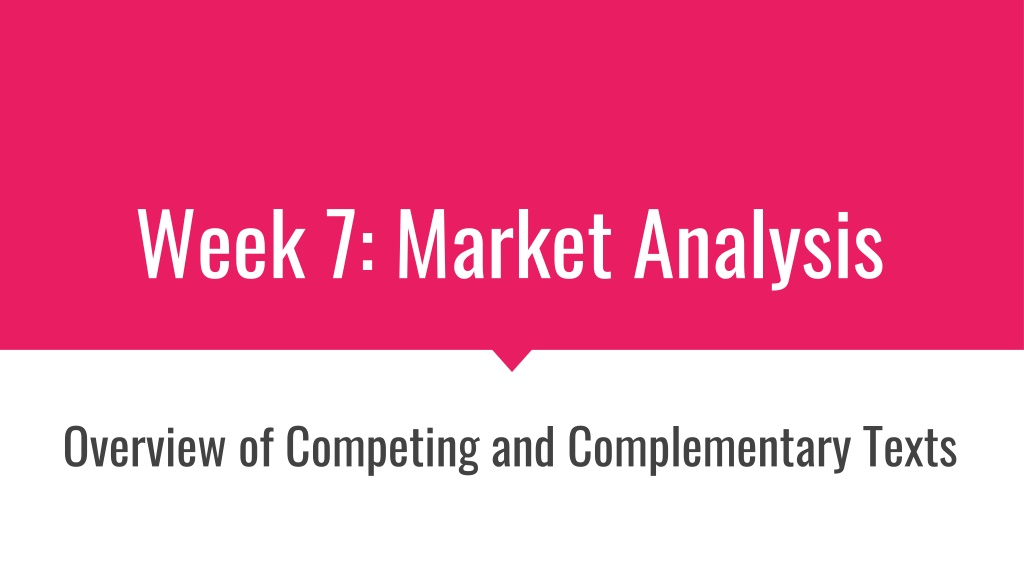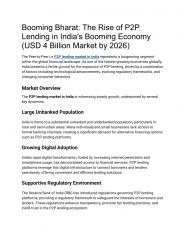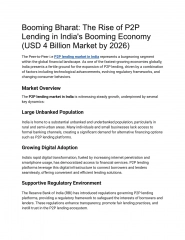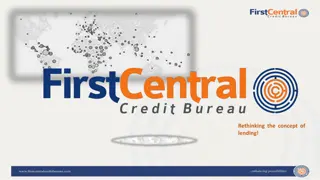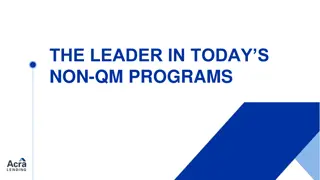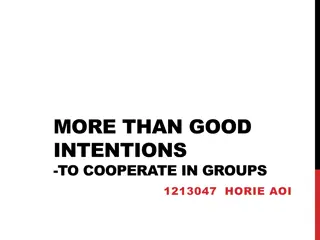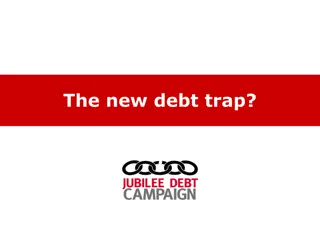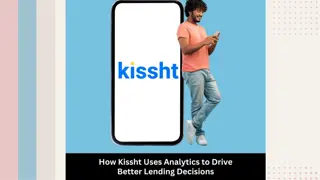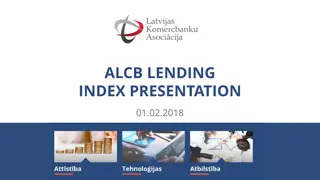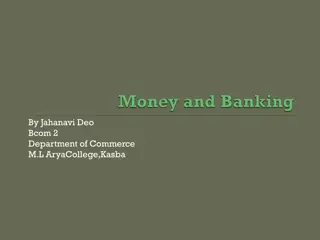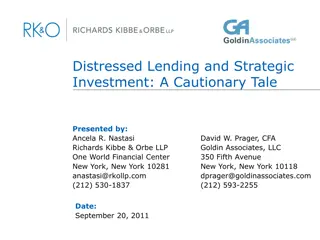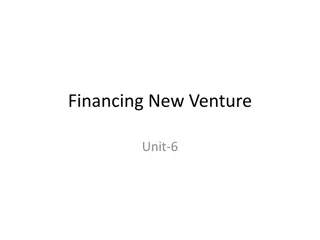Landscape of Student Lending History
Elizabeth Tandy Shermer's proposal delves into the complex history of student borrowing, comparing it with popular accounts like "Degrees of Inequality" by Susan Mettler and "Paying the Price" by Sara Goldrick-Rab. It highlights the need for a comprehensive history of student lending that emphasizes the impact on individuals affected by the industry, bridging gaps in existing literature.
Download Presentation

Please find below an Image/Link to download the presentation.
The content on the website is provided AS IS for your information and personal use only. It may not be sold, licensed, or shared on other websites without obtaining consent from the author.If you encounter any issues during the download, it is possible that the publisher has removed the file from their server.
You are allowed to download the files provided on this website for personal or commercial use, subject to the condition that they are used lawfully. All files are the property of their respective owners.
The content on the website is provided AS IS for your information and personal use only. It may not be sold, licensed, or shared on other websites without obtaining consent from the author.
E N D
Presentation Transcript
Week 7: Market Analysis Overview of Competing and Complementary Texts
Questions to guide this section of the proposal: What books are your primary audience reading, talking about, and buying? What books explore the same issues as your book? How does your book differ or build upon the ideas in these texts? NO EDITORIALIZING
From Elizabeth Tandy Shermers proposal for Indentured Students: Federal Financial Aid and the Birth of the Student Loan Industry Telling student borrowing s complicated history by focusing on the people involved has already started to captivate journalists and audiences in the US and around the world because Indentured Student s competition has neglected lending s history. Most popular accounts, such as Susan Mettler s 2014 Degrees of Inequality: How the Politics of Higher Education Sabotaged the American Dream, and social-science studies, including Sara Goldrick-Rab s 2016 Paying the Price: College Costs, Financial Aid, and the Betrayal of the American Dream, start in the 1990s. A few political scientists and economists have charted how this financial industry has rapidly grown since the 1980s, when the for-profit, online degree programs that depend on student financial aid mushroomed in size. Historians have studied federal education policy and American higher education s past more fully but their books, including all of noted expert Roger Geiger s work as well as Christopher Loss s 2012 Between Citizens and the State: The Politics of American Higher Education in the Twentieth Century, have rarely been written for popular audiences.
Histories of American higher education have also tended to look more at how individual legislation (such as the GI Bill, National Defense Education Act, or Higher Education Act) were passed but not linked those laws to the loan industry or student debt. That scholarship includes Mettler s 2005 Soldiers to Citizens: The G.I. Bill and the Making of the Great Generation, Wayne Urban s 2010 More Than Science and Sputnik: The National Defense Education Act of 1958, and Hugh Davis Graham s 1984 The Uncertain Triumph: Federal Education Policy in the Kennedy and Johnson Years. Only a few books, notably Lawrence Gladieux and Thomas Wolanin s 1976 Congress and the Colleges: The National Politics of Higher Education, have considered how these laws have been amended or reauthorized and what those changes have meant for Americans trying to afford college today. As such, there is both a need and a market for a history of student lending that places an emphasis on the many people involved in and affected by this industry.
Lets draft this! 1. What books represent the critical landscape, broadly speaking? (List them, no other writing required.) 2. Look over your list. Do you see subgroupings in this list? Which books go together? What do those groupings represent? (Circle, label, relist) 3. How do these books/groupings of books represent the conversation you are entering? What does each of them offer? 4. Explain your intervention in each of these groupings.
Remaining time is for beginning to turn these lists and free writes into paragraphs.
